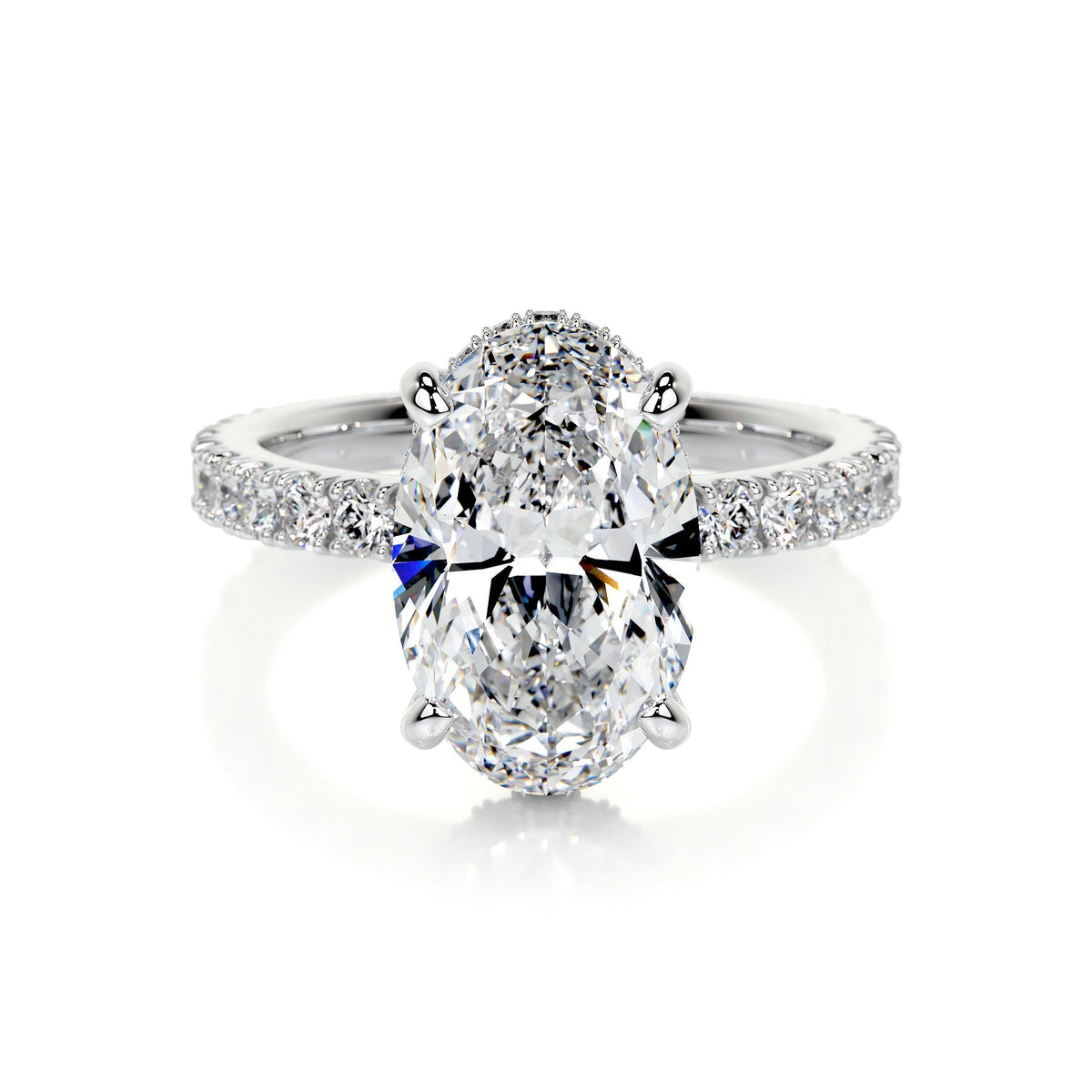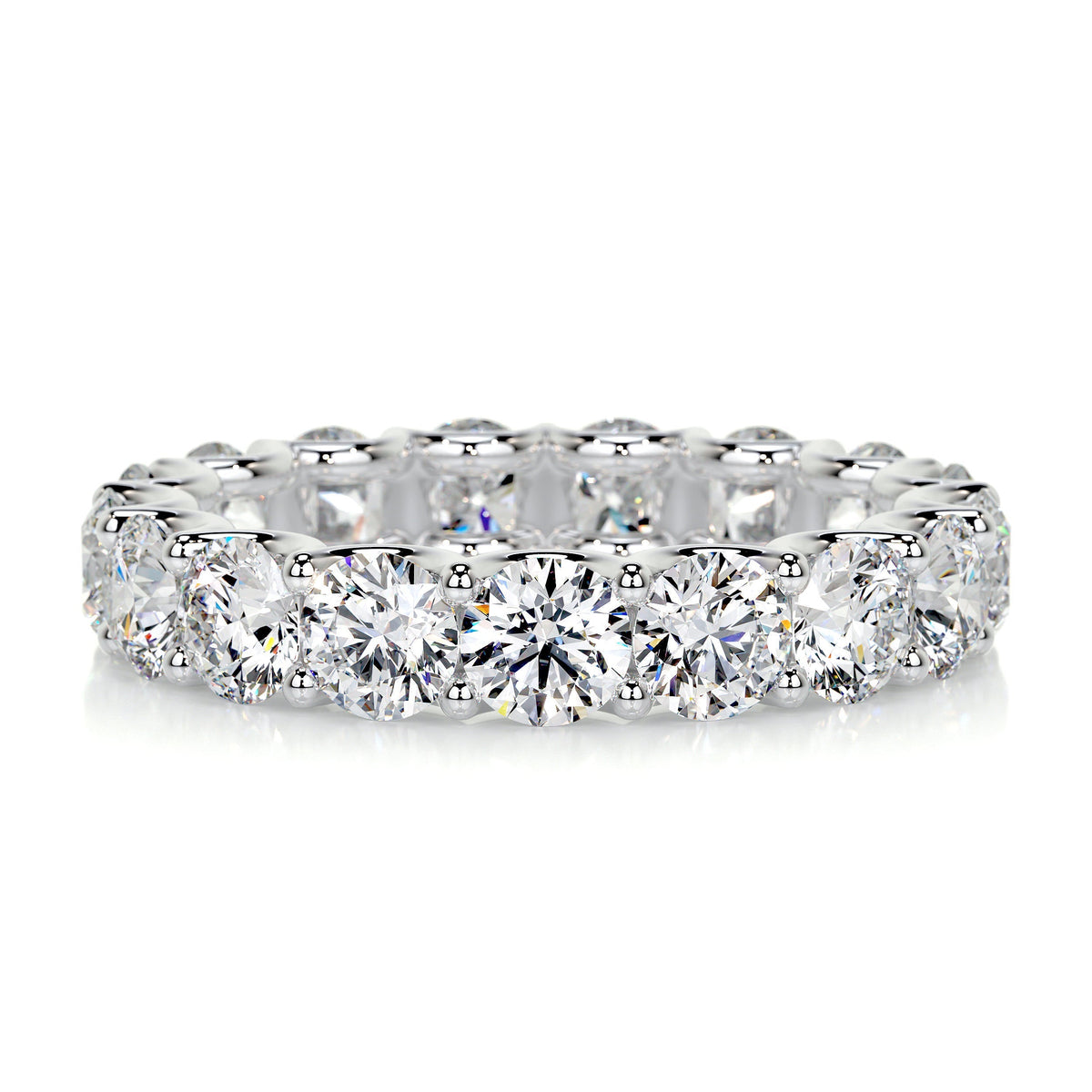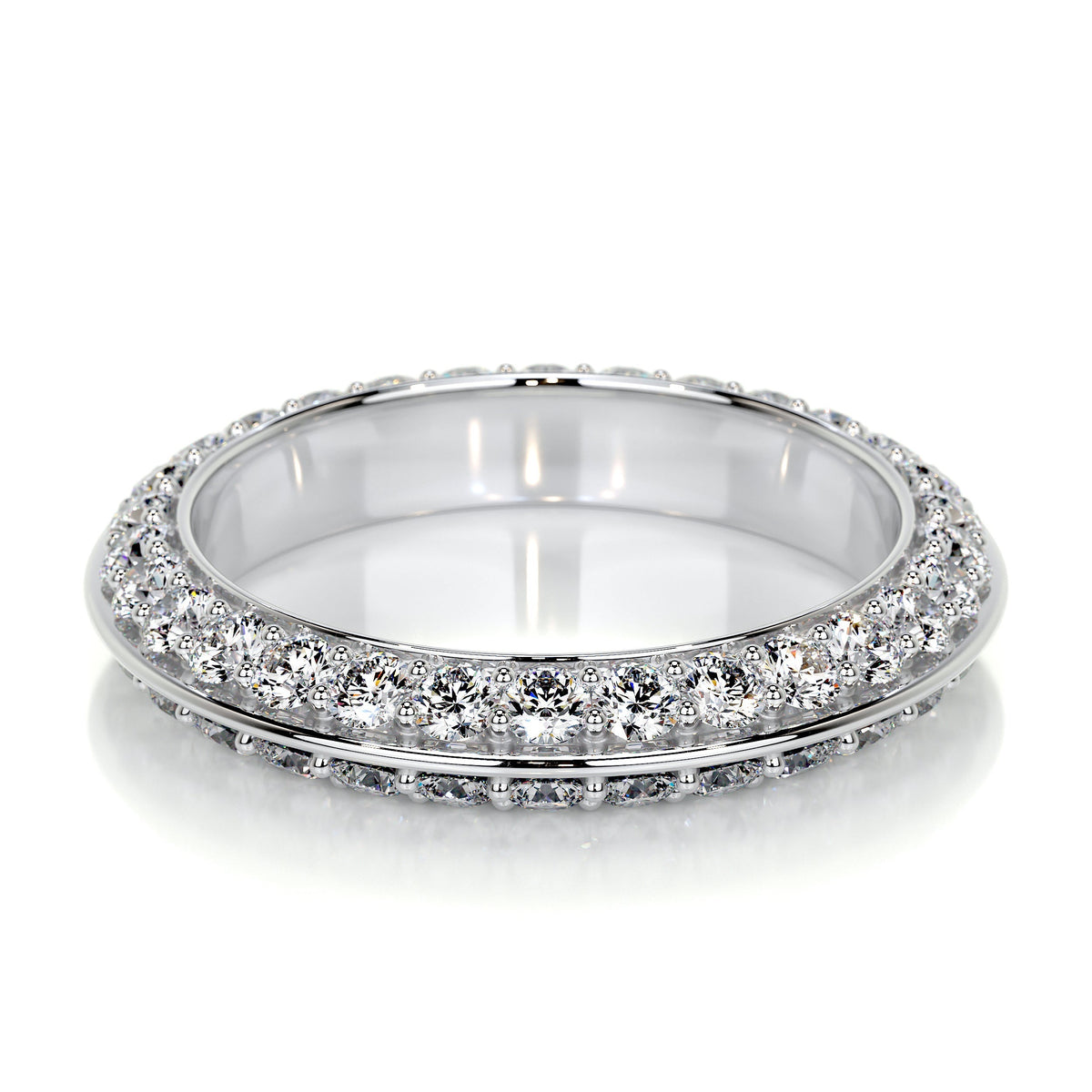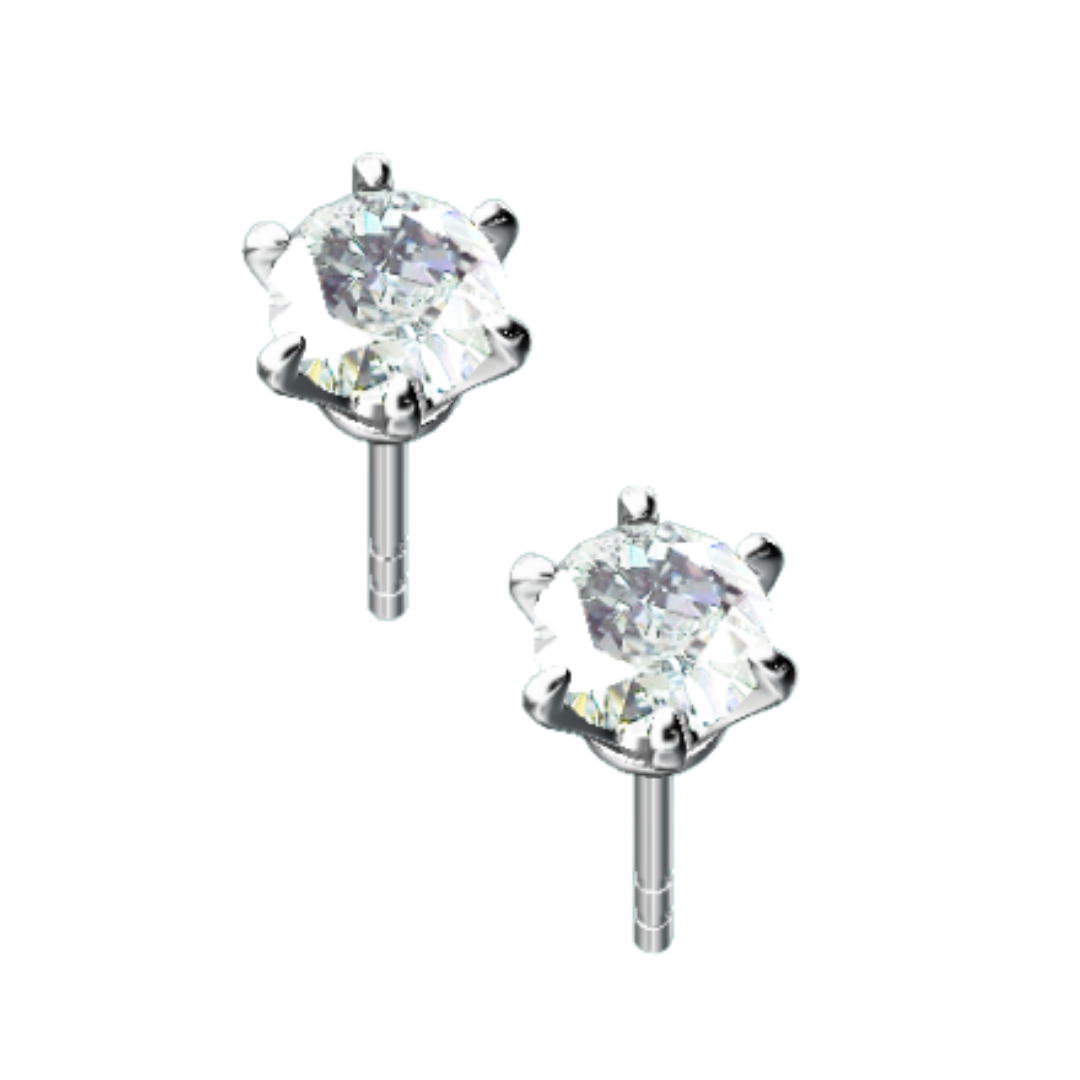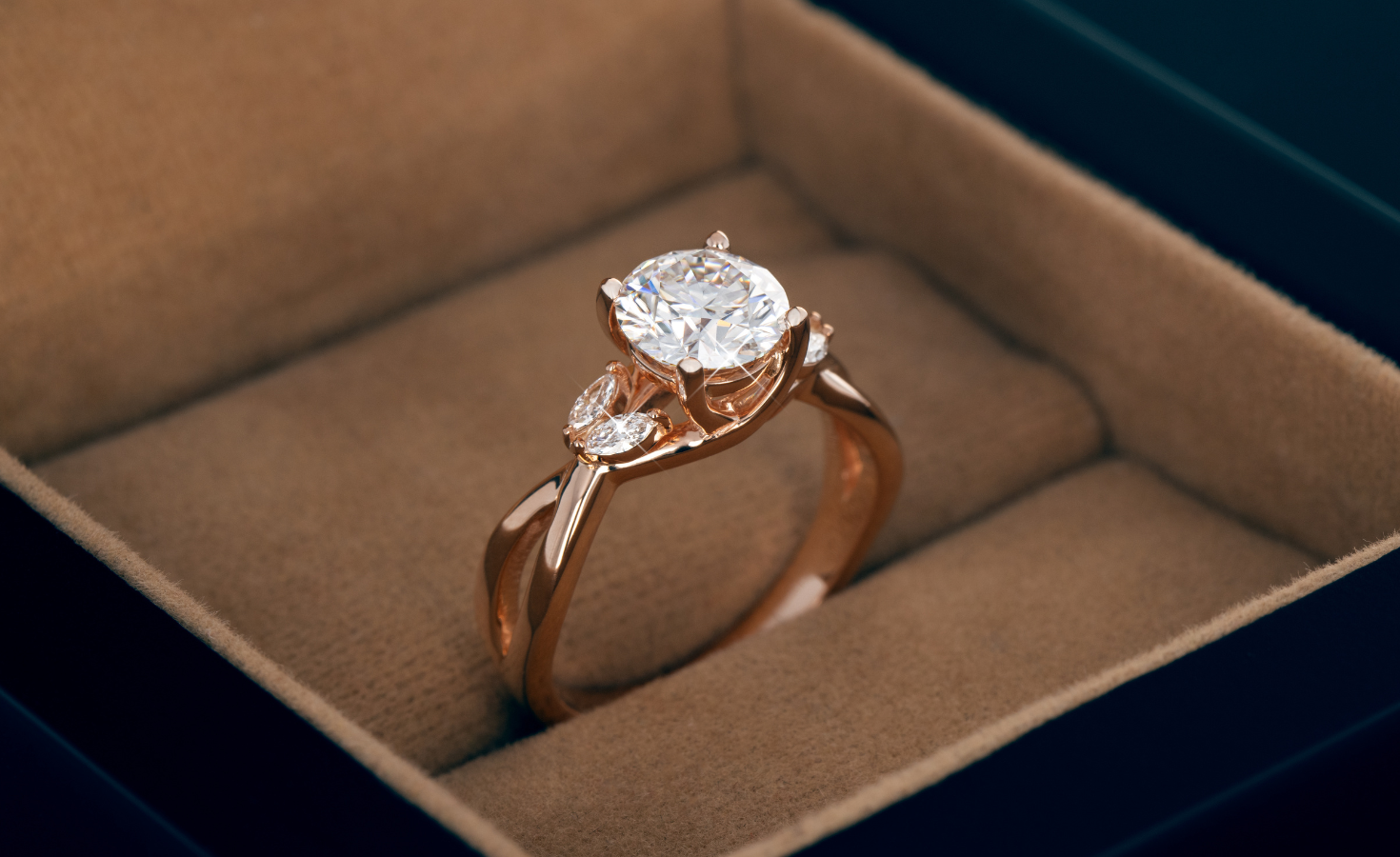
4 C's of DiamondsGuide
The 4 C's of diamonds-cut, color, clarity, and carat_are thecharacteristics that determine a diamond's quality gradeaccording to industry standards.This diamond quide exploreseach quality factor in detail.
Expertise you can trust:Brilliant Earth is known for its award-winning jewelry designs and seamless, innovative shopping experience. This Brilliant Earth diamond guide explains how the 4 C's of diamonds — cut, color, clarity, and carat — determine a diamond's quality grade. All Brilliant Earth guides are meticulously researched and reviewed by our certified gemologists, content, editorial, and brand teams before publication to ensure industry-leading excellence and accuracy.
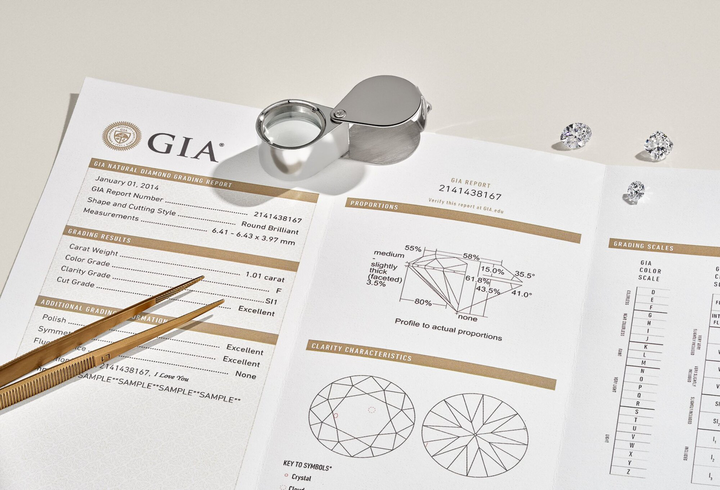
4 C’s of Diamonds Charts
Created by the Gemological Institute of America (GIA) in the 1940s, the 4 C's — cut, color, clarity, and carat — serve as the universal standard for assessing diamond quality. Each C represents a distinct quality attribute, measured on its own scale:
- Cut: Graded from Excellent to Poor on the GIA scale and Ideal to Poor on the International Gemological Institute (IGI) scale
- Color: Graded from D (colorless) to Z (light yellow or brown)
- Clarity: Graded from Flawless (FL) to Included (I3)
- Carat: Measured in metric carats, where one carat equals 200 milligrams
Diamond Cut
Cut determines how effectively a diamond's facets interact with light, creating the gem’s signature brilliance and sparkle. Unlike other diamond characteristics that form during the growth process, cut quality results from the diamond cutter's skill and precision. A masterfully cut diamond reflects optimal brilliance, disperses vivid fire-like colors, and creates dynamic sparkle patterns when moved (this is called scintillation).
The GIA grades diamond cut from Excellent to Poor based on proportions that maximize light performance. An Excellent cut diamond returns nearly all light that enters the gem, resulting in exceptional sparkle and visual impact. In contrast, a Poor cut allows light to escape through the pavilion (bottom), resulting in a dull appearance regardless of the diamond's other qualities.
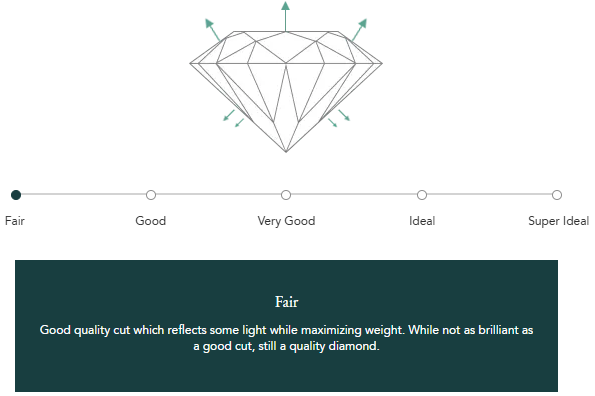
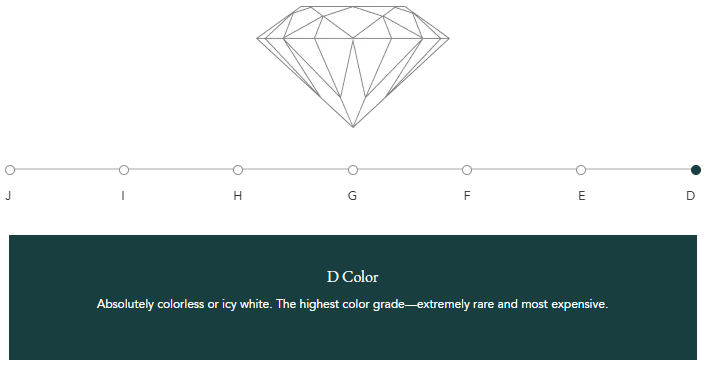
Diamond Color
Diamond color refers to the absence of color, with completely colorless diamonds being the most valuable and rare. The GIA color grading scale ranges from D (colorless) to Z, with each letter grade representing a subtle increase in color saturation. Diamonds that fall outside this range — such as vivid pinks or blues — are classified as "fancy colored" and are evaluated differently.
Color becomes increasingly noticeable as carat weight increases, making color grade particularly important when selecting larger diamonds. Strategic color selection should balance budget considerations with:
- Your chosen mounting style (yellow gold can make near-colorless diamonds appear whiter)
- Diamond size (larger diamonds reveal color more readily)
- Diamond shape (step-cut emerald and asscher shapes tend to display more color than brilliant cuts, which mask color with their superior light-dispersing properties)
